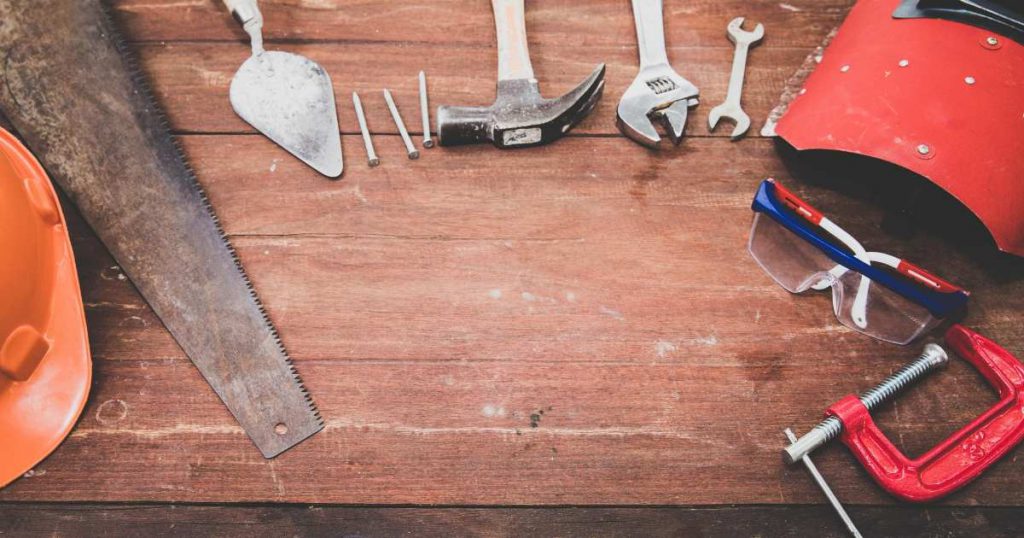HHSRS: Preventing Trip and Fall Hazards in Rental Properties
The Housing Health and Safety Rating System (HHSRS) is a government standard for conducting risk assessments in rental properties. And, as of 20th March 2019, the Homes (Fitness for Human Habitation) Act 2018 has made the HHSRS a focus in keeping homes safe for all.
What are the health risks around fall and trip hazards?
Trips and falls around the home cost the NHS an estimated £425 million per year, around 1 in 3 adults over 65 will have at least one fall in the home per year. Aside from the elderly, the very young and the infirm are also vulnerable to such risks.
The Homes (Fitness for Human Habitation) Act 2018 makes it quite clear that landlords bear the responsibility for any structural deficiencies that cause accidents. While tenants are responsible for keeping properties clear of the kind of detritus and debris that lead to trips or falls, the consequences of these accidents can be deadly. It’s well worth landlords and property managers being more proactive in implementing preventative measures in rental homes.
Most falls occur on the stairs
Property managers and landlords should carry out a fall & trip risk assessment as part of their routine inspections. The condition of banisters and stair-rails should be examined closely. Any clutter on steps should be advised to be removed, especially if they pose a risk to causing a fall or trip. It is important to check that the stairway is well lit, especially when curtains or blinds are drawn. A light switch should be easily accessible near the stairway so as to avoid accidents due to low visibility. The elderly and those with poorer eyesight are vulnerable to this and require better lighting to see clearly.
In addition to structural and lighting checks, landlords should also check for hazards like loose carpeting or tiles, particularly on stair areas.

Bathrooms and kitchens
Non-slip mats should be used in the bathroom and landlords could consider upgrading the safety aspects of bathrooms with handrails around the bath/shower areas. Spills in bathrooms and kitchens are inevitable, having mops or mats which can easily be used to clean up spillages nearby is key to preventing a fall by slipping.
Internal and external living spaces
Any external areas, such as balconies or raised mezzanine areas should also be appropriately safeguarded. Structural checks should be carried out routinely for railings to avoid fatal accidents.
Reducing the need for hazards like extension cords by providing numerous, well-situated plug sockets in the living room is another way to safeguard your property.
Your tenants are your eyes and ears around the property. Being reactive to repairs allows you to fix smaller concerns before they mushroom into bigger problems. Being readily available and easily contactable is the best way to ensure they report any issues they have to you. When it comes to trips and falls around the home, prevention really is significantly better than the cure.


